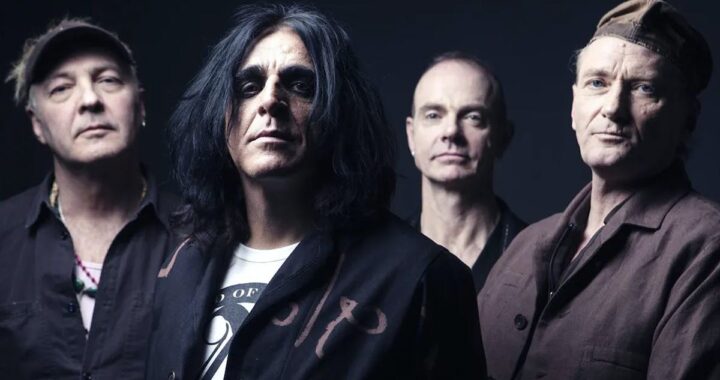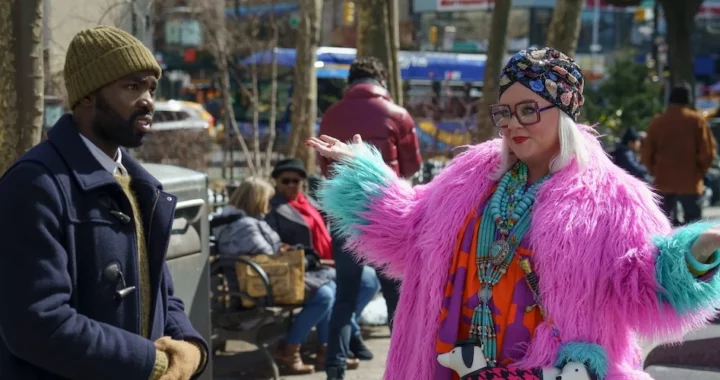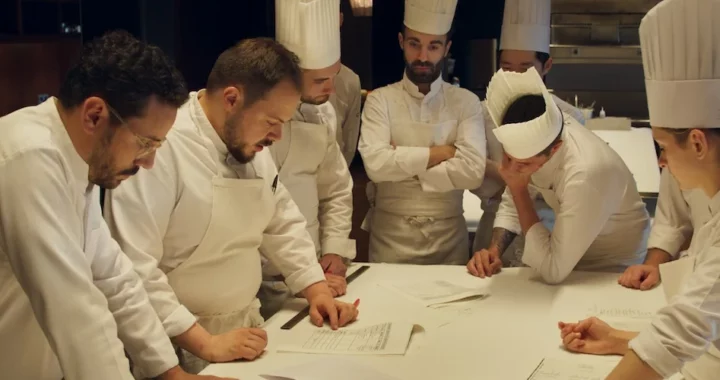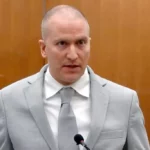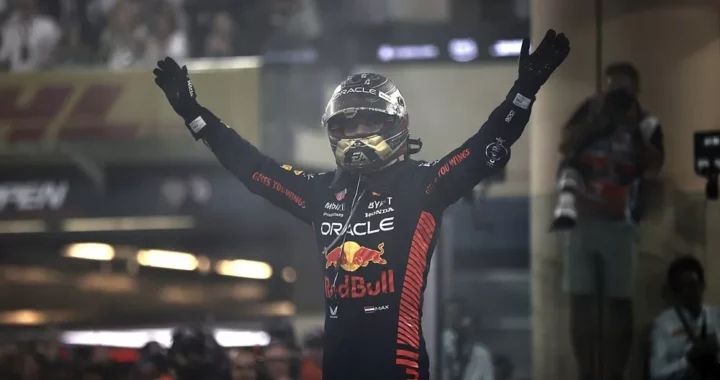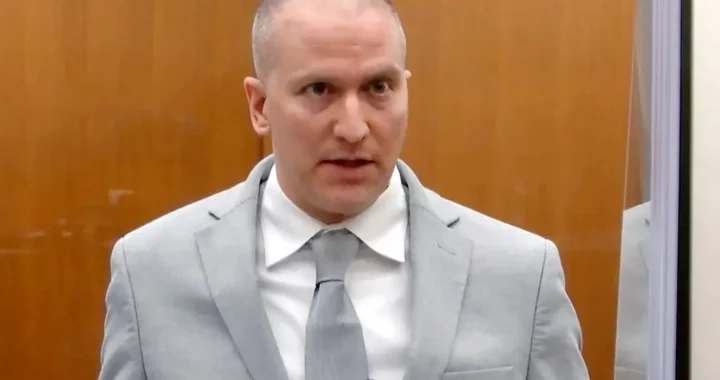“The Exorcist: Believer” Movie Review

A Deeper Dive into “The Exorcist: Believer” – Exploring Themes, Character Dynamics, and the Power of Love
David Gordon Green’s Reboot Recycles Familiar Tropes, Without the Usual Suspense The well-worn clichés of demonic possession are revisited with a sense of nostalgia, but their ability to surprise has waned. The film “The Exorcist: Believer” is fairly solid, but it’s brimming with characters and underexplored concepts, leaving you pondering what it might have become instead.
Directed and co-written by David Gordon Green, known for his work on the recent “Halloween” trilogy, this film centers on the dual possession of two young girls (apparently by the same demon from the original) and the harmonious collaboration of parents and clergy in their quest to free them from evil. It may very well be the first “Exorcist” sequel since the uneven yet occasionally brilliant “Exorcist II: The Heretic” in 1977 to recapture the eerie essence that propelled William Friedkin’s initial installment to blockbuster success.
The initial third of the film, where all the narrative elements fall into place, is the slowest and most subtle segment. However, it’s also the most gratifying because of its confident utilization of silence, misdirection, and empty spaces to instill doubt in the audience about the presence of evil in the story or if it’s merely a product of paranoia. David Gordon Green appears to have studied William Friedkin’s original work as if it were a sacred (or profane?) text, faithfully employing some of the master’s techniques to unnerve viewers: for example, introducing dissonant sounds (like a blaring car horn) during scene transitions or cutting to unsettling, peculiarly framed close-ups (glimpses of demonic visages and gruesome wounds, shots of jackhammers, and so forth) during pivotal dialogues. However, as the film progresses, it gradually loses its grip on the initial potency that arose from focusing on the central characters: a grieving father named Victor Fielding (Leslie Odom, Jr.) and his daughter Angela (Lydia Jewett). This decline mirrors the common issue faced by superhero movies with a surplus of heroes and villains, where the narrative energy becomes scattered, and the movie drifts away from its core source of strength.
In the film’s opening prologue, we encounter Victor while he is in Haiti, enjoying a vacation with his pregnant wife, who shares his passion for photography. Tragically, their idyllic getaway takes a harrowing turn when an earthquake strikes, causing the building they’re residing in to crumble. Amidst the chaos, Victor’s wife valiantly accepts the blessings of the local people to safeguard their unborn child, but fate deals them a devastating blow.
When confronted with an excruciating decision, Victor is told by doctors that they can only save either his wife or their yet-to-be-born daughter. The heart-wrenching outcome is known to us, but the film deliberately withholds the precise details of this moment and its profound impact on Victor, choosing to unveil them gradually through future revelations and an expanding series of flashbacks.
Fast forward thirteen years, and Victor and his daughter now call Atlanta, Georgia, their home. Victor’s photographic portrait studio thrives in this city. Angela, who is now a teenager of thirteen, approaches her understandably overprotective father seeking permission for a significant milestone – her first-ever after-school outing with a classmate, her best friend Katherine (played by Olivia O’Neill).
Katherine’s parents, Jennifer Nettles and Danny McCarthy, happen to be devout Catholics. However, this particular after-school excursion is anything but ordinary. The two girls, during a secretive adventure that took them deep into the woods near their school, engaged in an unsettling encounter with a mysterious spirit lurking at the bottom of an abandoned shaft. When they emerge from this eerie experience, it becomes evident that something inexplicable has transformed them.
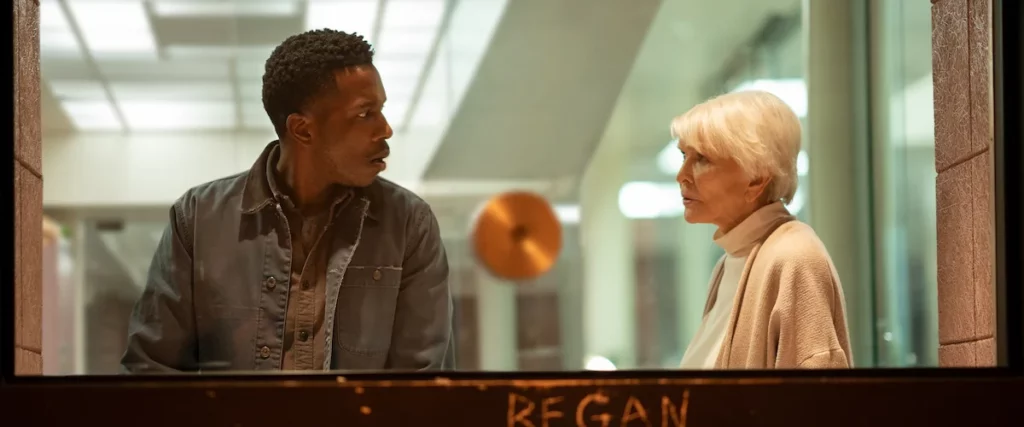
At first glance, the movie appears to tread the familiar path of a Catholicism-centric exorcism film. However, this initial impression cleverly misleads the audience, setting the stage for some witty humor. Instead of poking fun at Catholicism itself, the film humorously critiques the tendency of many exorcism movies to portray the Vatican as if it were the spiritual equivalent of The Avengers.
As the story unfolds, the film takes a more inclusive and global approach, resembling a “United Nations of spirituality.” It acknowledges that across various cultures throughout history, there have been equivalents for the concept of possession and exorcism. In response, the film assembles a team of experts who approach the demonic entity from a multitude of theological perspectives, creating a unique and engaging narrative that explores the diverse facets of spirituality and the battle against malevolent forces.
Raphael Sbarge takes on the role of the priest at Katherine’s family’s church, an observer to a deeply unsettling episode during a Sunday service. As the demon’s influence grows, the possessed girl becomes increasingly impatient and irritable.
Ann Dowd, in a supporting role, portrays Paula, a compassionate neighbor who, while looking after Angela at the hospital, discerns that the child’s distress isn’t due to a simple flu. Though not ordained, Paula has strong ties to the Catholic faith and quickly rallies to support the cause. Joining her is Father Maddox, portrayed by E.J. Bonilla, a well-intentioned but somewhat timid young priest. He embarks on a journey to secure official Church approval for a sanctioned exorcism, resembling the nervous young priest character famously parodied by Richard Pryor on “Saturday Night Live” in the spoof of “The Exorcist” (“Father, where is your faith?” “It’s in the car … I’ll go get it!”).
Furthermore, the ensemble includes a demon-fighter hailing from Haiti, portrayed by Okwui Okpokwasili, who encourages Victor to reconnect with beliefs he had abandoned following his wife’s tragic death. This diverse cast of characters adds depth and complexity to the unfolding narrative as they navigate the battle against the malevolent force.
And, of course, we can’t overlook Chris McNeil (portrayed by Ellen Burstyn), the iconic mother from the original “The Exorcist,” who makes a “legacy sequel” appearance that links this installment back to the series’ inception. Regrettably, the treatment of Burstyn’s character becomes a weak point in the film’s middle section, offering a case study in misdirection that leaves viewers more disappointed than surprised or delighted.
Initially, the movie sets the stage for Chris to potentially assume the role of this sequel’s equivalent to Max von Sydow’s battle-hardened old priest from the first film. It hints at Burstyn’s real-life involvement with spiritual subjects and causes, building anticipation. However, as the film progresses, it builds and builds, only to culminate in a sequence where Paula hands Victor the memoir that Chris wrote about her daughter’s possession and recovery. And then… nothing much happens. Following one significant scene, “The Exorcist: Believer” appears to struggle to maintain Chris as an integral part of the narrative, ultimately relying on editing to find ways to connect her with the other characters.
Green skillfully keeps all the diverse elements in play, making a concerted effort not to neglect any character’s development. This task, evidently, is not without its challenges. Nonetheless, the film possesses a distinct personality that sets it apart.
David Gordon Green’s journey through Hollywood has been anything but conventional, commencing with deeply heartfelt independent dramas such as “George Washington” and “All the Real Girls,” transitioning to the realm of stoner comedies in works like “Pineapple Express” and “Your Highness,” and ultimately finding his place in the realm of major-label franchise horror. His versatility is evident, and he approaches this genre with a nuanced understanding, avoiding the temptation to merely replicate the “Halloween” formula. He recognizes that it’s a different narrative, one that demands a patient and grounded approach.
The movie’s quasi-documentary sensibility, featuring handheld camerawork and montage scenes reminiscent of the French New Wave, significantly contributes to the illusion that you are witnessing authentic individuals grappling with the unimaginable and immeasurable.
In the end, the film leans more toward a meticulous exploration of logistical details than the kind of work that leaves you awake at night, obsessively checking if every window is closed to thwart the dreaded demon Pazuzu from slipping in and taking hold. (A feeling the author of this piece vividly remembers from childhood after watching the original “Exorcist” on TV.) Nevertheless, the performances are absolutely faultless, even in relatively minor roles like Sbarge’s priest, who transforms from a showboater into someone profoundly shocked and humbled by the gravity of his involvement.
Particularly noteworthy is Leslie Odom’s performance, as his character remains remarkably introspective and reticent. Yet, he skillfully conveys the father’s anguish and the intricate web of emotions that often conflict within him. The young actors in leading roles shine brilliantly, exuding a sense of enjoyment while delivering unsettling dialogue to the adult characters.
With a relatively brisk 121-minute runtime, “The Exorcist: Believer” presents a rare case where a longer edit might have yielded a more satisfying experience. Given the protagonists’ background as photographers, one might have anticipated a significant exploration of photography as a thematic element, similar to how sound recording played a pivotal role in the original film. However, the script largely sidesteps this aspect.
The climax, while impactful, doesn’t deliver the emotional punch it could have because we haven’t had the opportunity to truly acquaint ourselves with the many individuals in that room, including the intricacies of their faiths. The film introduces several underdeveloped themes and elements, such as the idea that a culturally divided America must unite for the sake of the children. It also touches upon strangely uncharacteristic affirmations that suggest everything unfolds as it should, even in the face of trauma, and that the world would see less evil if we were more emotionally connected to one another. Although the message at the end doesn’t explicitly proclaim “The real exorcist is love,” it almost seems to be heading in that direction.
In theaters October 6th.
Film Credits

Cast
Ellen Burstyn as Chris MacNeil
Leslie Odom Jr. as Victor Fielding
Raphael Sbarge as Pastor
Olivia Marcum as Katherine
Lidya Jewett as Angela Fielding
E.J. Bonilla as Father Maddox
Antoni Corone as Father Phillips
Jennifer Nettles
Ann Dowd
Director
David Gordon Green
Writer (based on characters by)
William Peter Blatty
Writer (screen story by)
Scott Teems
Danny McBride
David Gordon Green
Writer
Peter Sattler
David Gordon Green
Cinematographer
Michael Simmonds
Editor
Timothy Alverson
Composer
Amman Abbasi
David Wingo
By: M Z Hossain, Editor Sky Buzz Feed
